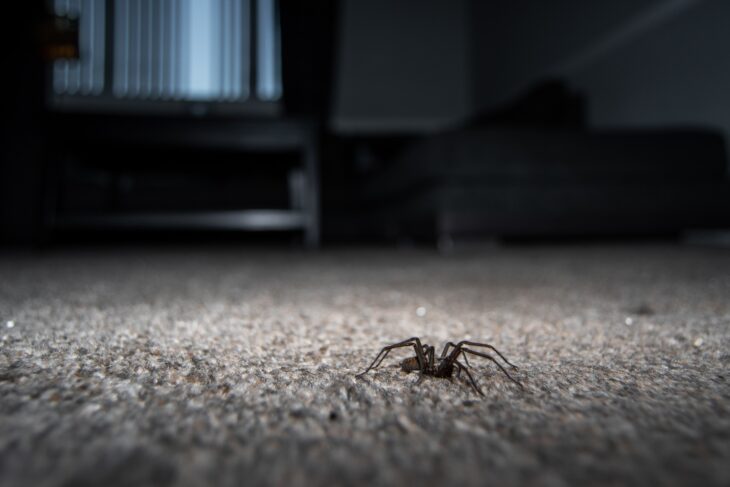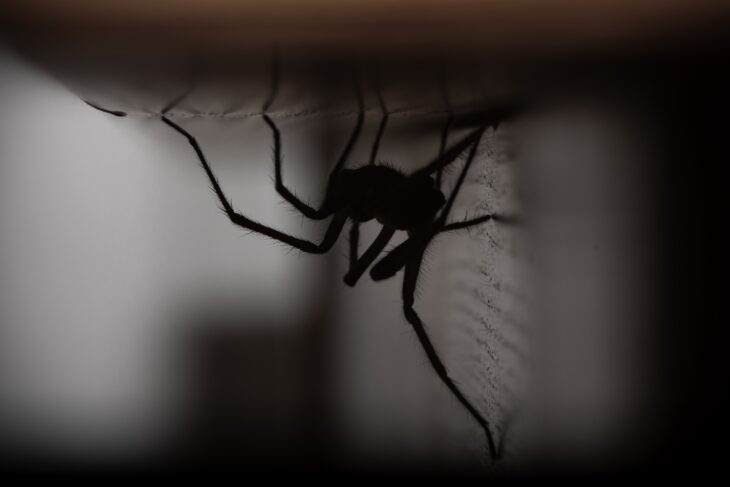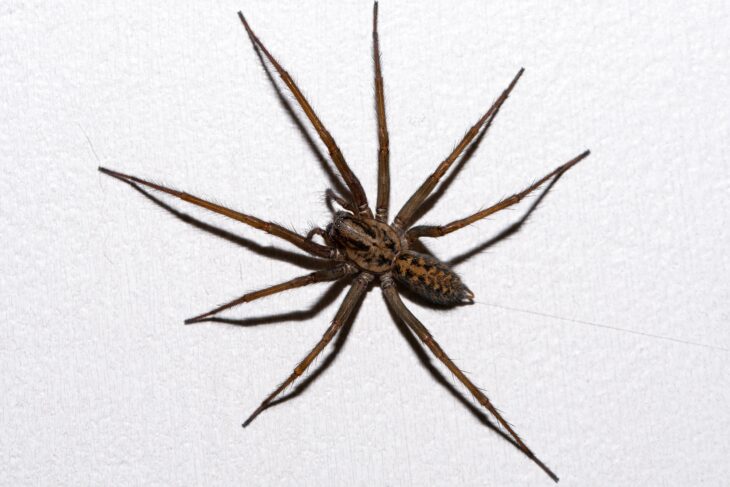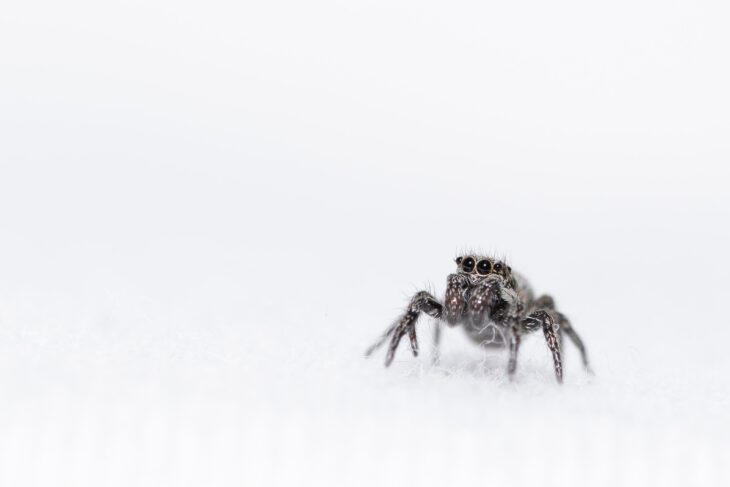Why are there so many spiders in autumn?
Regular guest blogger and wildlife photographer Daryl Smith shares some facts about the spiders in your home, and explains why you may have seen a lot more of them in recent weeks.
It is that time of year again, when we notice a rapid influx of huge spiders in our homes. Whether you have seen one scurrying across your living room floor, sitting on the bedroom curtains or trapped in the kitchen sink almost all of us will have came across a spider in our home at some point. But why do they come in our houses? Why so many? And can they really harm us in any way?

There are about 650 species of arachnids in the UK but only 8-10 of them are commonly seen in and around our homes. These include daddy long legs, false widow and the infamous, “it’s the size of my hand,” giant house spider. Obviously all species of spiders in the UK can bite. It is how they kill their prey. However almost all of them are completely harmless to humans. Only 12 species are capable of biting us and even then, it is a very rare occurrence.

The species most commonly seen in our homes, especially at this time of year, is the giant house spider. They are one of the largest species in the UK and one of the fastest, reaching speeds of up to half a metre per second. It is facts like that that can make them sound terrifying, but if you see one running across the room, they are not out to attack you.
The common misconception is that house spiders come into our homes to seek shelter and warmth from the lowering autumn temperatures outside.But in fact the spiders we see are only more noticeable at this time of year because it is mating season for them. The spiders we believe are intruding have actually always been there. They are just out in search of a mate. When the male finally finds a female, he will mate with her numerous times over the space of a few weeks until eventually dying and being eaten by the female. The females can live for several years.

Another misconception is that spiders are the pests. Yes, they are uninvited and in many cases unwanted, but they are only there because there is a good food supply. It could mean there is another pest in your home that you cannot see. The spiders are then coming into eat the other insects and in turn taking care of the real pests. House spiders act as a free of charge pest control and the size of the spiders depends on how much they have eaten. So seeing big ones just means they are doing their jobs right.
I can understand why some people are afraid of spiders. They aren’t the nicest looking creatures. But there is one species that we can find in and around our houses that has a more friendly and almost charming appearance. The zebra jumping spider. These tiny black and white striped spiders are probably my favourite species of the arachnid family. Instead of spinning a web they stalk their prey before pouncing on it. These tiny predators can jump up to 10 cm, over 14 times their body length. It is fantastic to watch. Zebra jumpers are common on walls, fences and trees and especially like to come out in the sun.

Over the next few weeks you most likely will notice more spiders indoors. I understand they won’t be welcome in most houses and your first instinct may be to swat it with the nearest object. However, I do urge you not to do this as spiders play a very important role in the ecosystem. The same as every predator they help control prey numbers which benefits us in various ways.
So if you do come across any spiders this autumn or anytime for that matter, I encourage you to let them be. I even learned quite recently not to throw them outside. Chances are they won’t survive or they will try and make their way back in. House spiders go unnoticed for the majority of the time anyway and we really need to learn to live alongside wildlife. No matter how big or small.
Daryl Smith
Help protect Scotland’s wildlife
Our work to save Scotland’s wildlife is made possible thanks to the generosity of our members and supporters.
Join today from just £3 a month to help protect the species you love.
Preface
Regular guest blogger and wildlife photographer Daryl Smith shares some facts about the spiders in your home, and explains why you may have seen a lot more of them in …
